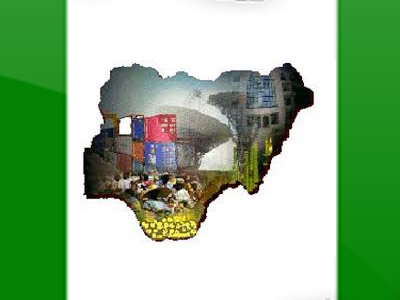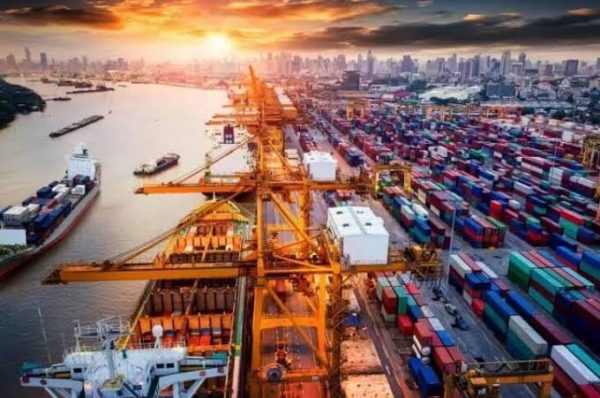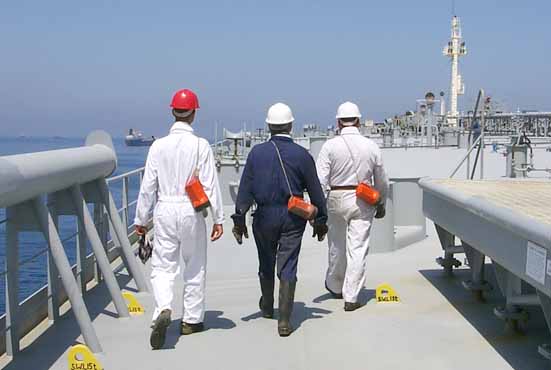How To Facilitate Trade For Enhanced African Integration- Anishere

At the recent 2018 African Women in Maritime (WIMAFRICA) Continental Conference/ Annual General Meeting (AGM); the newly sworn-in WIMAFRICA President, Barr. (Mrs.) Jean Chiazor Anishere delivered a well-researched paper on African trade facilitation; highlighting the prospects, challenges and proffering the headway via policies and regulations.
Enjoy it:
INTRODUCTION
Africa is the only developing region for which the Millennium Development Goal (MDG) of halving poverty was not met. The number of extremely poor Africans has increased by more than 100 million over time. The world’s extreme poor are expected to be increasingly concentrated in Africa over the new 2030 Agenda for Sustainable Development period. In addition, deprivation is not confined to income poverty. Africa, excluding North Africa, has the world’s highest poverty rates as measured by the Multi-dimensional Poverty Index (MPI).
These persistent levels of high poverty in Africa are not a result of a lack of growth. In fact, the continent’s economies grew at an average of at least five percent above the global average of three percent over the MDG period. The problem was that this growth was not well-distributed, so it failed to lift more people out of poverty. At a time when the implementation of the 2030 Agenda has just started, it is clear that fresh thinking is needed on how to meet the challenge of inclusive growth and achieve the poverty-related Sustainable Development Goals (SDGs) on the continent.
Trade has a key role to play, although it has been under-exploited thus far in Africa. In particular, specific emerging policy reforms may provide significant momentum for progress. The establishment of a continental free trade area (CFTA) and an emphasis on boosting intra-African trade are key priorities of the continent’s development vision, the African Union’s “Agenda 2063 – the Future We Want for Africa.” This ambitious trade agenda is reinforced by important trade-related targets that are included as means of implementation for the SDGs, and the Addis Ababa Action Agenda (AAAA) contains several other trade elements.
In Africa, both the processes, and degree of regional integration have lagged behind expectations, and many political commitments have either not been translated into policy and regulatory reforms, or reforms are not implemented. The region thus remains weakly integrated, with continuing tariff barriers (for example where restrictive rules of origin cannot be met).
Global markets offer important opportunities for companies in developing countries. By exporting to larger markets, the companies can increase production, growth, and employment at a faster pace than by focusing only on smaller domestic markets. But companies in developing countries must overcome severe hurdles before being able to export to global markets.
In this context, regional exports can be an important testing and learning ground for these companies. This is because barriers to accessing markets in the region are often lower than those for accessing global markets; neighboring countries’ markets are often similar in taste, standards, distance, and culture. Creating regional markets can thus allow companies to expand operations and create economies of scale, making them more competitive. Gaining access to regional markets also increases incentives for more investment flows, and permits suppliers to specialize and integrate into regional supply chains that ultimately cater to both domestic and international markets.
In addition, it is often more feasible politically to reduce trade barriers within a region rather than across global markets. But addressing regional trade barriers and strengthening regional integration also helps countries to integrate into world markets. This is because barriers to regional trade are often also barriers to trade with the world.
Implementing existing commitments within African Countries and facilitating trade flows between them, would be a critical move towards achieving freer trade and deeper integration within the region.
CHALLENGES
Why has Africa failed to use trade as an effective tool for poverty reduction? The answer is that a robust policy response is required to meet the challenges of inclusive, diversified, and transformative trade. Trade costs and services restrictions are relatively high on the continent. Average tariffs for intra-African exports are higher than for exports to the rest of the world.
Limited productive capacities have boxed African countries into the export of primary commodities with little value added. High global commodity prices only served to increase Africa’s commodity dependence and aggravate inequalities within and between African countries. In addition, while the global trade regime falls short of what is needed for Africa, mega-regional trade agreements (MRTAs) and reciprocal trade agreements with the EU are expected to create additional challenges for Africa’s structural transformation. The current slowdown in global trade and growth will also make poverty-reducing trade even more difficult.
High trade costs prevent the full realization of the gains from expanding global trade opportunities. This is particularly true in regard to Africa, which has some of the highest trade transactions costs among all developing countries. Action to lower trade costs and facilitate trade is critically important today.
Steps to reform regulatory barriers to trade that raise trade costs, can help facilitate exports and imports at a time of significant stress in the international economic environment.
The agenda over the short and long term to stabilize the world economy and support trade growth is especially important to Africa.
Also, both regulatory barriers and costs of inadequate infrastructure raise trade costs in the region. The aid-for-trade agenda, collective global programs to support the poor during the crisis, and trade policy talks can productively address trade facilitation as part of the new approaches to mitigate the crisis.
Policies to reduce trade costs and encourage marketing activities in rural areas can be useful to facilitate exports and reduce poverty. Examples include expanding roads, access to marketing information, and measures that promote the development of market arrangements.
PROSPECTS
Despite the unfavourable factors, there are potential good prospects for growth in Africa over the long term. Apart from the oil producing nations, some countries have been experiencing strong growth, in part with global price increases in primary export commodities. This worldwide increase in commodity prices has been engendered in large part by the rapid growth of developing countries in Asia, like China.
Important gains can be achieved in Africa through trade facilitation reform and improvements in trade logistics to cut trade costs for the less advanced African countries to a level comparable to more advanced countries in the region.
It is also important, however, to place the discussion of trade costs in the context of multilateral trade negotiations.
CONCLUSION
To strengthen trade in Africa, existing commitments should be fully implemented and laws will have to be applied. And transparency and better complaint mechanisms will have to be at the heart of any initiative.
Lowering trade costs to take advantage of future opportunities is part of the context in which African trade and development prospects can strengthen over the long term.
Overcoming these challenges will not be easy, however, enhancing regional integration should be a top priority for Africa as well as the timely implementation of an inclusive CFTA agreement,
It is also important to support non-tariff policy initiatives to enable firms to take advantage of the CFTA. Establishment of a Continental Customs Union (CCU) supportive of structural transformation, harnessing regional opportunities at home through smart trade industrialization is also key as this can go a long way towards trade reforms that can contribute more effectively to poverty reduction and the achievement of the 2030 Agenda in Africa.











